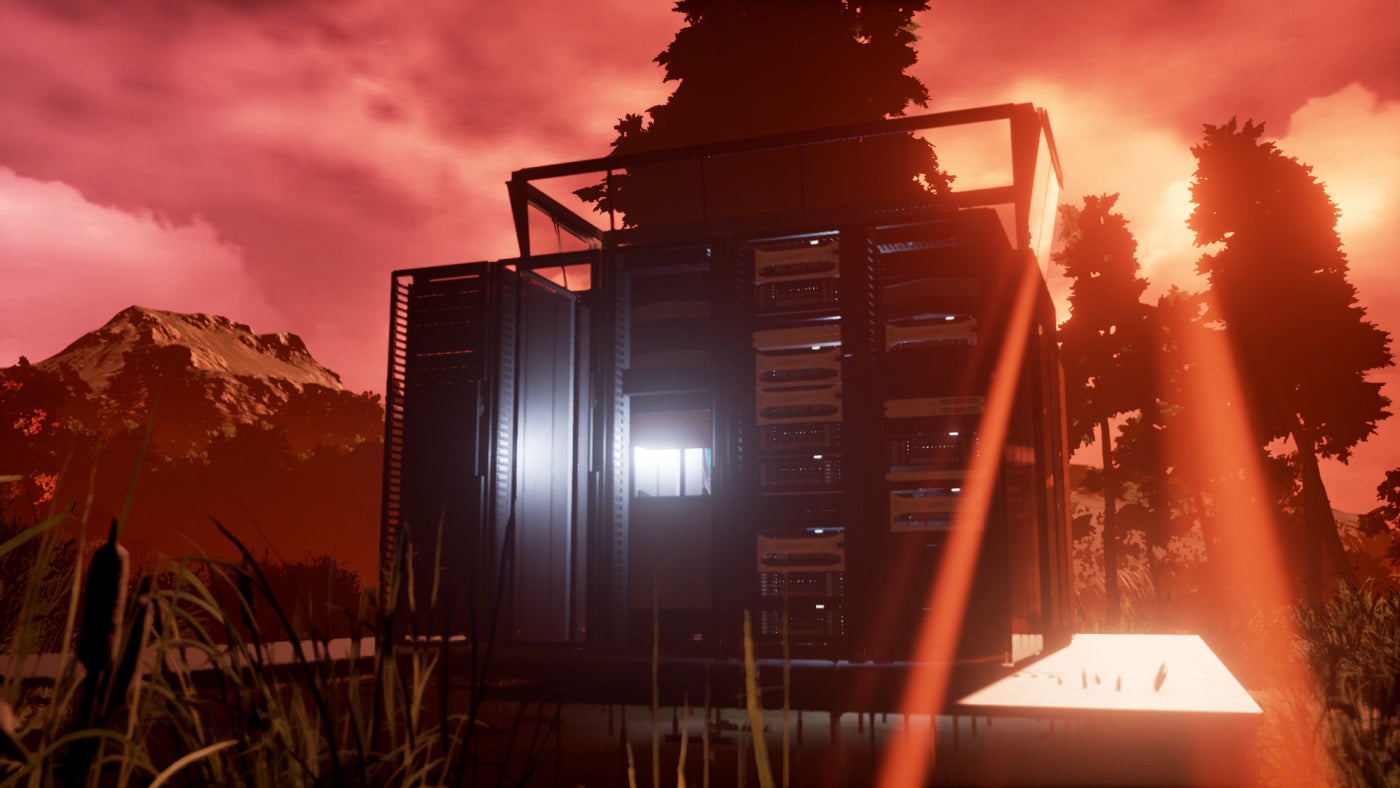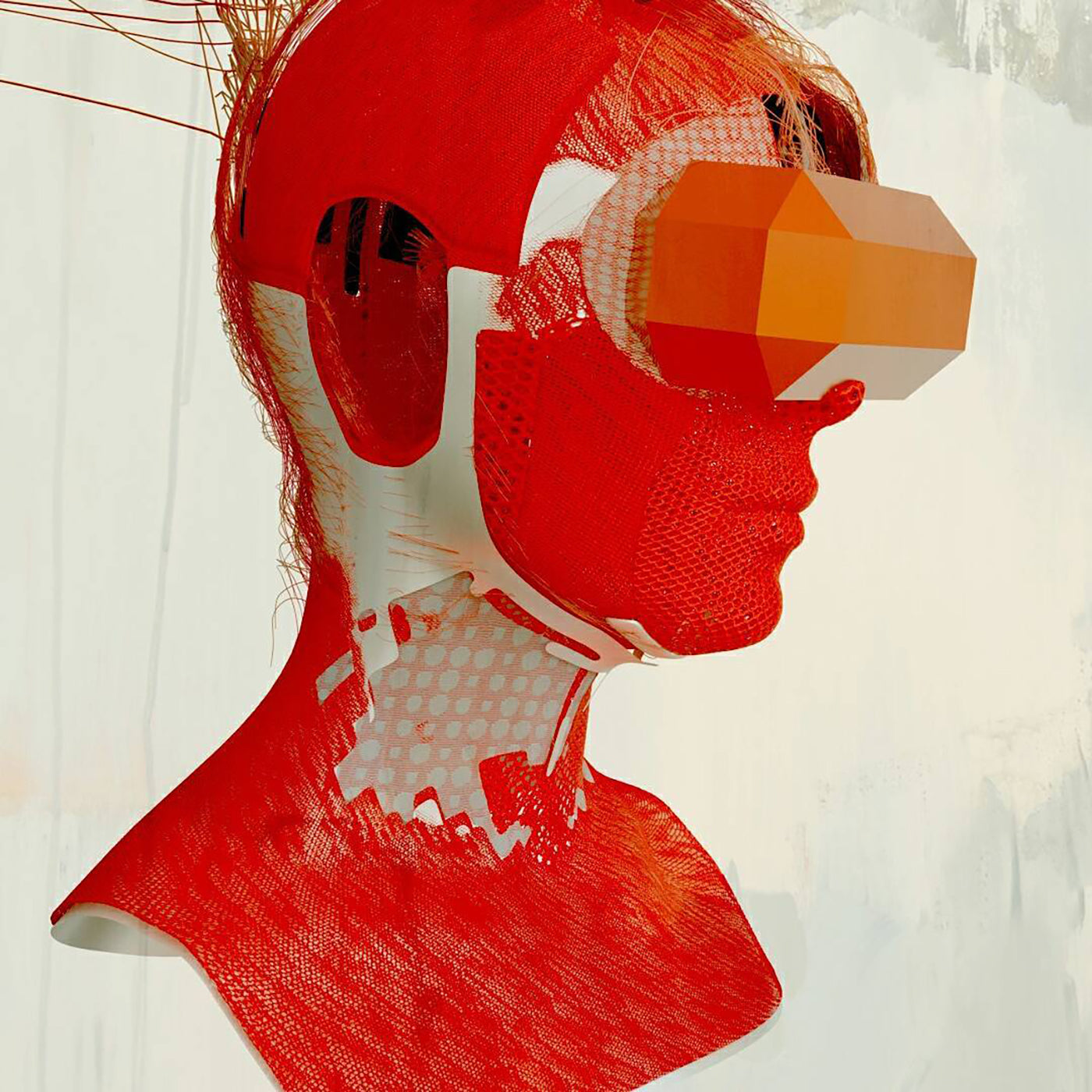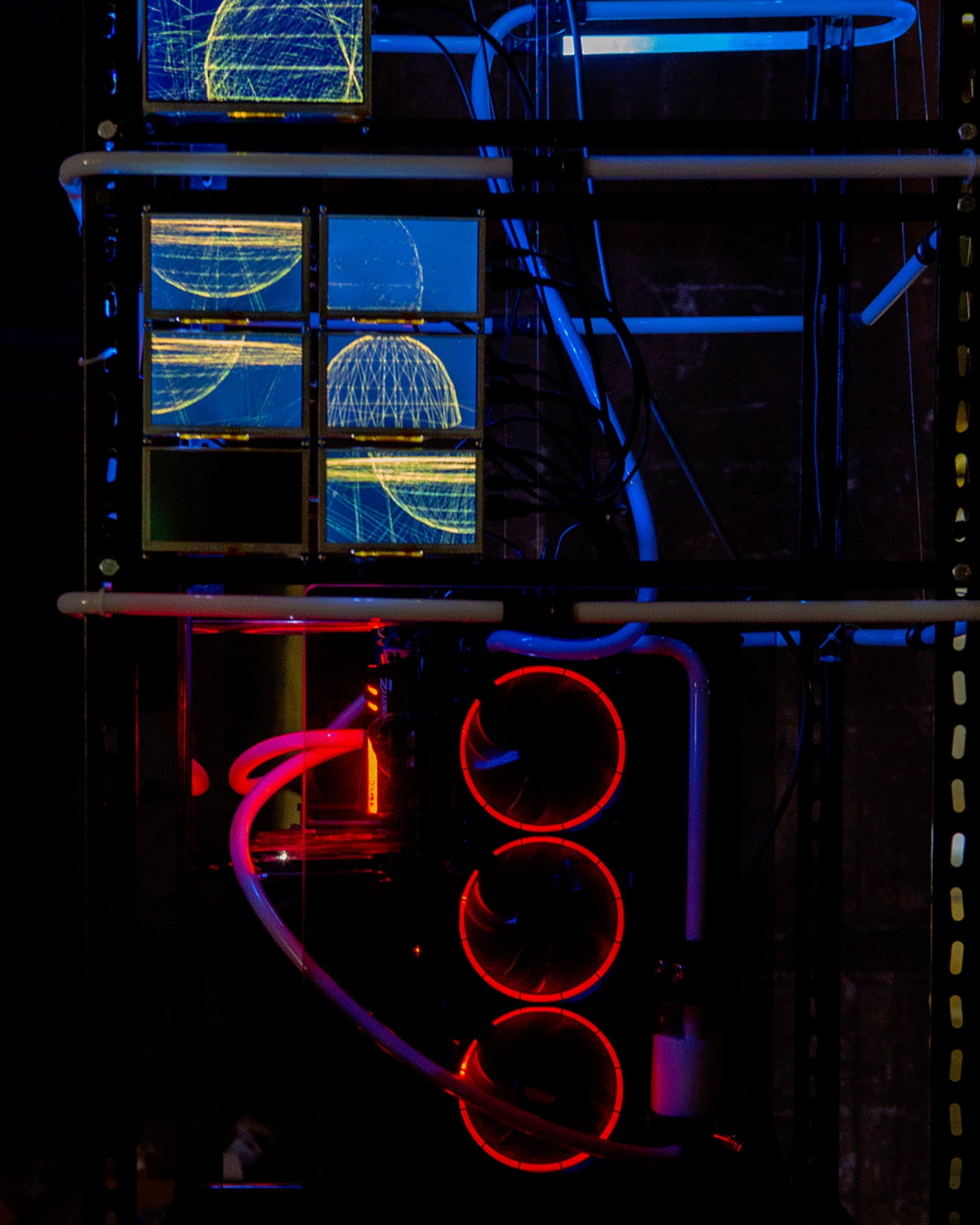Your Cart is Empty
Buy a book, plant a tree.
We dive into the extraterrestrial world of a Berlin-based 3D CGI designer

Like millions of kids, past and present, Australian-born, Berlin-based, 3D artist Michael Tan spent an unhealthy amount of his spare time gaming and watching anime. But unlike most, after batting off his parents' demands to stop looking at the screen and go play outside, his obsession often led to bleeding and blistered thumbs, "My parents couldn't do anything to stop me, eventually they just gave up."
And we're glad Michael showed enough determination to uphold this "no pain, no gain" mantra so early on. It's quite clearly here, during these youthful days of 16-Bit bloodshed, where the foundations were laid for the art he now creates. Often using game engines to design his complex 3D worlds, you'll occasionally come across landscapes you could easily find in Metal Gear Solid or Final Fantasy.

After studying multimedia design, a bachelor of design followed before a year of scientific computing. A decade spent in the motion design and 3D animation industry honed his skills further before along came Octane Render. The CGI program that has inspired an explosion of new 3D artists and designers in the past several years.
Now his diverse CV includes collaborations with an array of established electronic musicians and labels, a touring immersive audio/ visual experience performed live and a stint designing DVD menus and covers for his favorite anime titles to name but a few.
"That was my first full-time job. I was making DVD menus and posters for the Australian and New Zealand releases. So I made the Ghost in the Shell box set and designed all the packaging. Mostly it involved me just sitting there watching stuff all day, looking for the best shot to use in the DVD menu and getting paid for it." Not bad work if you can get it but for Michael, anime sparked something that would influence his career for years to come.
It was around this time that the genre had transformed from having a cult following to becoming a pop culture phenomenon. Titles such as Macross, Neon Genesis Evangelion, and Akira, combined a nexus of action, sci-fi, and drama. The animations of Macross, in particular, were revolutionary with improved character designs and illustration quality that went above and beyond what you normally saw at the time. "I liked the high tech, robotic, sci-fi aesthetics of Neon Genesis and Macross, mixed with romantic, dreamy female characters," Michael explains as he describes the factors that captured his imagination. "I also liked the music and was really inspired by Ghost in the Shell 2.0 which was all in 3D CGI."

Aside from anime, the two other fields that seem to have impacted Michael's career up until now, are music and 3D CGI. The former started influencing his work more when he designed a flyer for drum 'n' bass visionary Marcus Intalex aka Trevino. This led to other smaller designing projects and after moving to Berlin in 2011 his network of "people doing interesting things" widened. Now he combines both fields to create music videos, installations, and promo art, for artists such as Blanck Mass, Benjamin Damage (with Konx Om Pax) and Dopplereffekt. Japanese synthesizer manufacturer Roland was also a recent client.

Naturally, becoming more established has led to more freedom which means his sci-fi and gaming influences are clearer to see. For the Blanck Mass video a brief of "just make something cool and 3D", allowed him to create a world similar to that of a role-playing adventure game, albeit one that touches on social and environmental issues.
"The Blanck Mass video is about the natives of a planet. Their environment's destroyed and they don't have a home anymore. It’s a bit like Avatar but more messed up. The destruction of nature and humans being humans in a way, how disgusting they really are. It doesn't brush on anything that specific but mirrors reality." It could be argued that the whole nature of CGI and the way the medium uses false images can directly relate to our current dilemma of 'fake news'. In a world where CGI influencers are about to flood our social media feeds, the use of it to mirror reality through abstract forms is quite a powerful skill to have. On the other hand, it's also the perfect form of escapism.
Inspired by his dreams, "Sometimes I'll wake up and draw pictures, even when I'm in bed", Michael often uses his work to create alternative realities for himself. One of the first pieces of his work we came across offers an interesting and unexpected storyline. "The running man is like an avatar of myself. An escaped pilot or someone who’s in a military experiment, he’s been given drugs and then forced to use flight simulation software in case there’s World War Three or something." He doesn't let these narratives dictate the visuals however and approaches them with a much more instinctual process. "I don't really have a script or storyboard, that's always kind of an afterthought. No one writes down what a painting should be about before they paint it, it’d sound boring."

In one of his more recent projects, instinct and improvisation play an even bigger role. The ISM Hexadome is an immersive 360-degree audiovisual exhibition combining art and technology. Collaborating with Peruvian musician CAO (Constanza Bizraelli) the pair created The Burial Theme, a live audio/ visual performance and installation piece inspired by ancient Moche iconography and cosmology. The work explores the dualities of life and death, generation and destruction, and cohesion and dispersion cycles and how they appear as two planes constantly transposed onto one another.

With CAO providing the soundtrack, Michael triggers sequences of rendered scenes using a game engine called Unreal Engine and a midi controller. Everything is performed live, with him listening and responding to the sound, accordingly. Spread across six screens, with the audience in the middle, the result is more cinematic than something you'd find in a nightclub. The original event, which was held at Martin-Gropius-Bau in Berlin, received positive reviews.
Working within the music industry requires a certain level of spontaneity. Normal hours don't exist, with plans and ideas often hatched when out socializing. A conversation around a piece of work might spark an idea for another, a few more beers later and there's a new project on the horizon. Or two if you're lucky. Ideas that led to both the Dopplereffekt video and an installation project at Atonal, The Belt, with musician Privacy, both came from the same bar, on separate evenings.

"I was creating a VR experience for a medical conference in Las Vegas, making DNA animations for Genome editing. I made all these DNA strands for the conference and was showing my friend who works with Dopplereffekt. Dopplereffekt is all about DNA and human cells so from that came a music video and limited edition poster."

As busy as he his, Michael Tan is an artist who never rests. When he's not working on commissions and crafting ideas, he's studying Renaissance paintings to better his understanding of reflection and refraction. As we start to wrap up the conversation, he pulls out a new synthesizer he's taking back to Australia for Xmas.
"Visuals with music are always an afterthought. I want to be 50/50 audio and visuals if I can, which is why I’m trying to do it myself because no one else is going to. There’s always a compromise if you want to do it with someone else."
You can view more of Michaels work on his website.